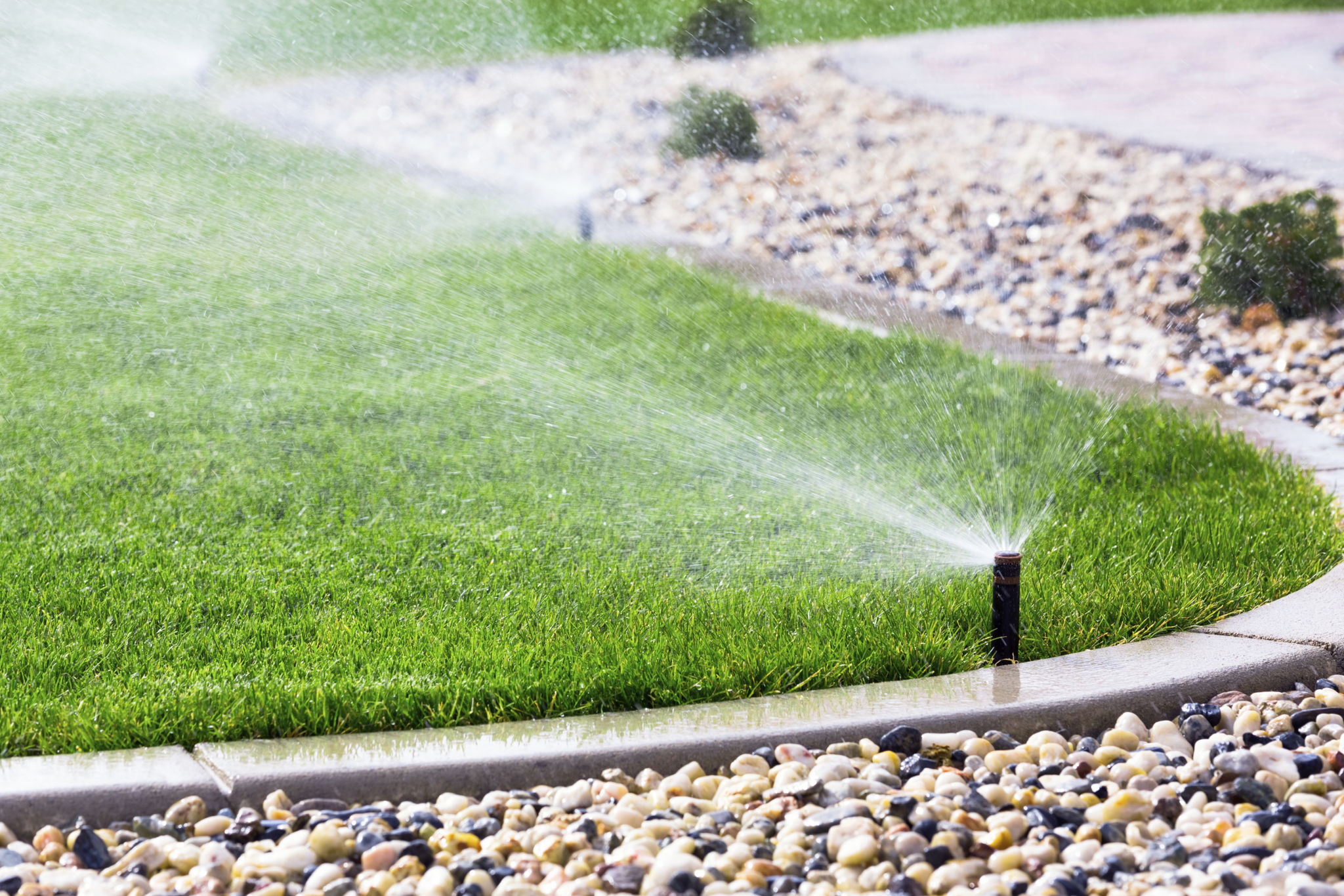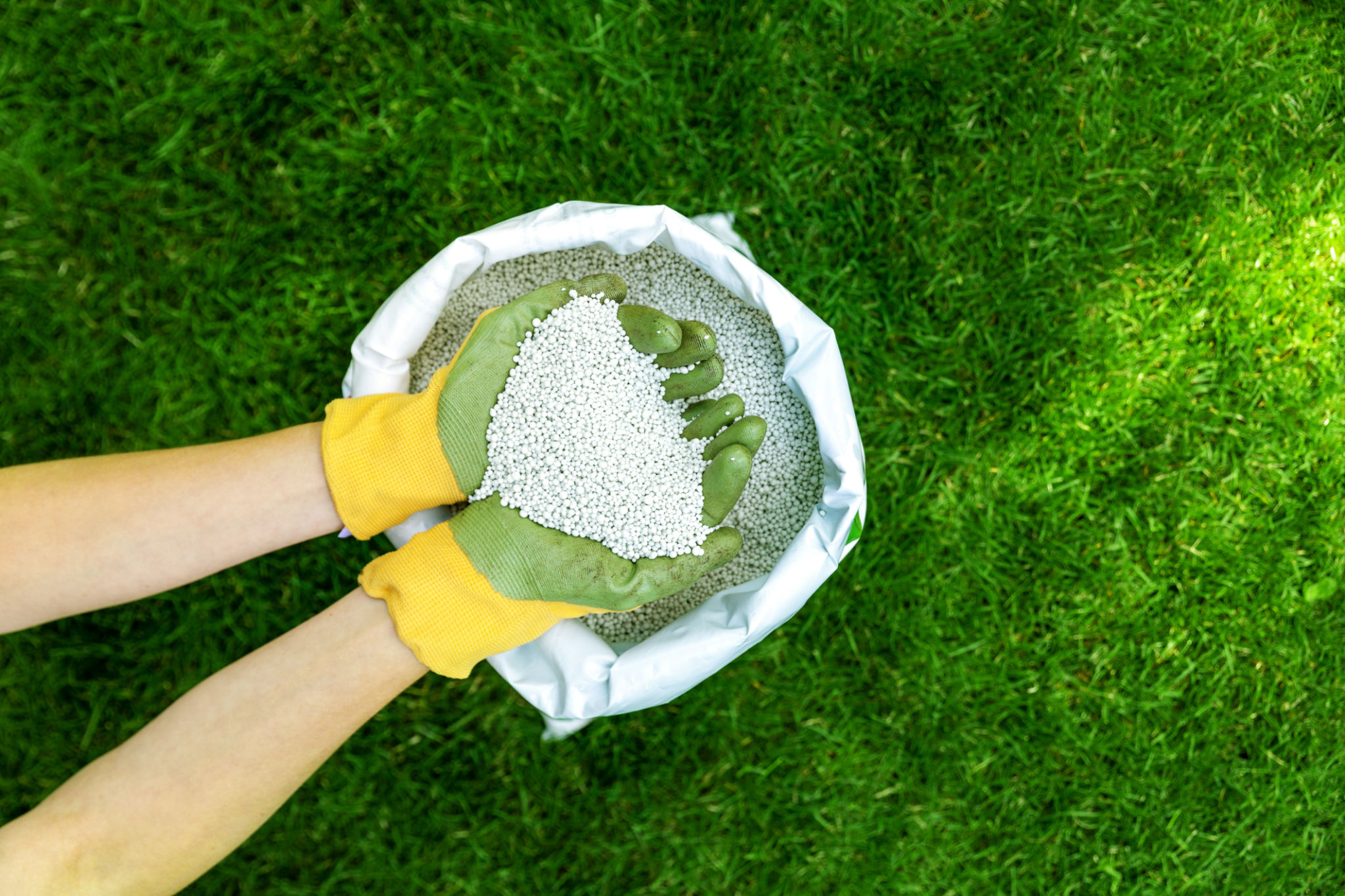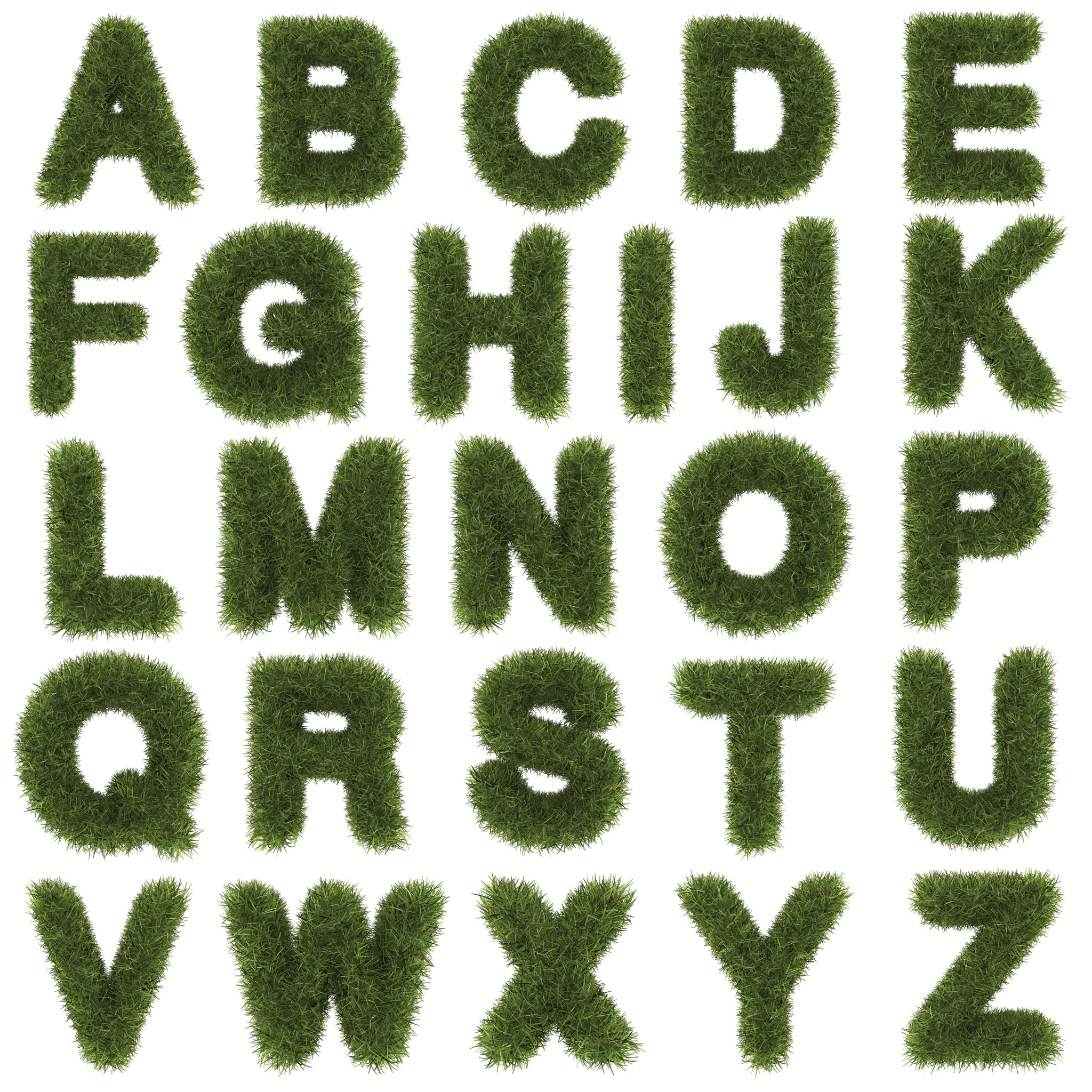Common Lawn Care Myths Debunked: What You Really Need to Know
Myth 1: Watering Daily is Essential
One of the most common lawn care myths is that you need to water your lawn every day to keep it lush and green. In reality, overwatering can do more harm than good. Your lawn only needs about 1 to 1.5 inches of water per week, including rainfall. Instead of frequent shallow watering, aim for deep, infrequent watering to encourage deep root growth.

Watering early in the morning is ideal because it reduces evaporation and fungal diseases. If you water in the evening, the moisture can linger overnight, leading to potential lawn diseases.
Myth 2: Cutting Grass Short Reduces Mowing Frequency
While it might seem convenient, mowing your grass too short can stress your lawn and make it more susceptible to weeds and diseases. This practice, known as "scalping," weakens the grass by exposing its roots to sunlight and reducing its ability to photosynthesize.

For optimal health, follow the “one-third rule”: never remove more than one-third of the grass blade at a time. This helps maintain a strong and healthy lawn that can outcompete weeds naturally.
Myth 3: Fertilizing More Means a Healthier Lawn
Another misconception is that more fertilizer leads to a greener, healthier lawn. However, over-fertilizing can cause nutrient burn, damaging the grass and harming the environment through runoff.
It's crucial to choose the right type of fertilizer for your grass type and to apply it at the recommended rate and time. Typically, fertilizing once in the spring and once in the fall is sufficient for most lawns.

Myth 4: Weeds Can Be Eliminated Permanently
While it would be wonderful if a single treatment could permanently eliminate weeds, this isn't realistic. Weed seeds are constantly being spread by wind, birds, and other means. The key is consistent maintenance.
- Maintain a healthy lawn to outcompete weeds naturally.
- Regularly mow, water, and fertilize your lawn appropriately.
- Use targeted herbicides only when necessary.
Myth 5: All Grass Types are the Same
Not all grass types are created equal, and they have varying needs when it comes to sun exposure, watering, and mowing heights. Understanding your particular grass type is essential for proper lawn care.

Research the specific requirements of your grass variety. For example, cool-season grasses like Kentucky bluegrass thrive in different conditions compared to warm-season grasses like Bermuda grass. Tailoring care to your grass type will yield the best results.
Conclusion: Debunking Myths for a Greener Lawn
By debunking these common lawn care myths, you can better understand what your lawn truly needs to thrive. Remember, effective lawn care involves a balance of proper watering, mowing, fertilizing, and understanding your specific grass type.
A healthy lawn not only enhances curb appeal but also contributes to a healthier environment. With these insights, you can maintain a lush, green yard that you can be proud of year-round.
